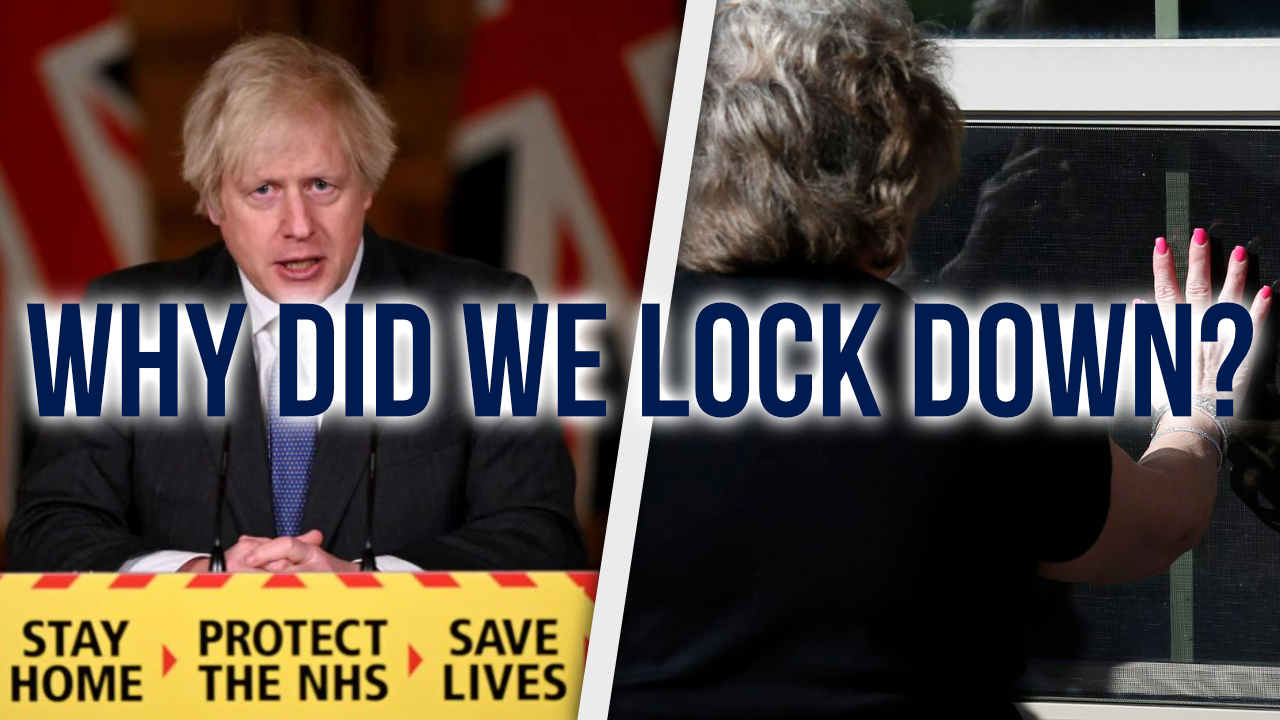In March 2020 the UK ditched its pandemic preparedness strategy and switched to lockdowns. Why? I suggest that, although there are many reasons, the roots go to a problem which has been around for a long time.
If you’d like to read the 2011 Influenza Pandemic Preparedness Strategy, you can see it here.
Dominion by Tom Holland is available on lots of places e.g. Waterstones.
My other website is Understand the Bible.
A few quotes from the 2011 Pandemic Preparedness Strategy
Just for fun, here are a few quotes from the plan which we were operating under up until February 2020.
Face masks:
Although there is a perception that the wearing of facemasks by the public in the community and household setting may be beneficial, there is in fact very little evidence of widespread benefit from their use in this setting. Facemasks must be worn correctly, changed frequently, removed properly, disposed of safely and used in combination with good respiratory, hand, and home hygiene behaviour in order for them to achieve the intended benefit. Research also shows that compliance with these recommended behaviours when wearing facemasks for prolonged periods reduces over time.
Border restrictions:
There are no plans to attempt to close borders in the event of an influenza pandemic.
Closing events:
For these reasons, the working presumption will be that Government will not impose any such restrictions. The emphasis will instead be on encouraging all those who have symptoms to follow the advice to stay at home and avoid spreading their illness. However, local organisers may decide to cancel or postpone events in a pandemic fearing economic loss through poor attendances, and the public themselves may decide not to mix in crowds, or use public transport if other options are available.
School closures:
The impact of closure of schools and similar settings on all sectors would have substantial economic and social consequences, and have a disproportionately large effect on health and social care because of the demographic profile of those employed in these sectors. Such a step would therefore only be taken in an influenza pandemic with a very high impact and so, although school closures cannot be ruled out, it should not be the primary focus of schools’ planning.
Communication:
All communication should be high quality and cost effective, using the most efficient and reliable ways of delivering information in a range of scenarios to a variety of audiences so to maximise understanding and encourage appropriate behaviour without causing panic or appearing disproportionate.
To be fair, this is all based on an influenza pandemic, which is not the same as a coronavirus pandemic. But I think there would be a lot of common ground there, and I see no reason why this strategy would not have worked for covid-19. But I think the key points are the ethical considerations rather than the blunt fact of what works and what doesn’t.

Leave a Reply